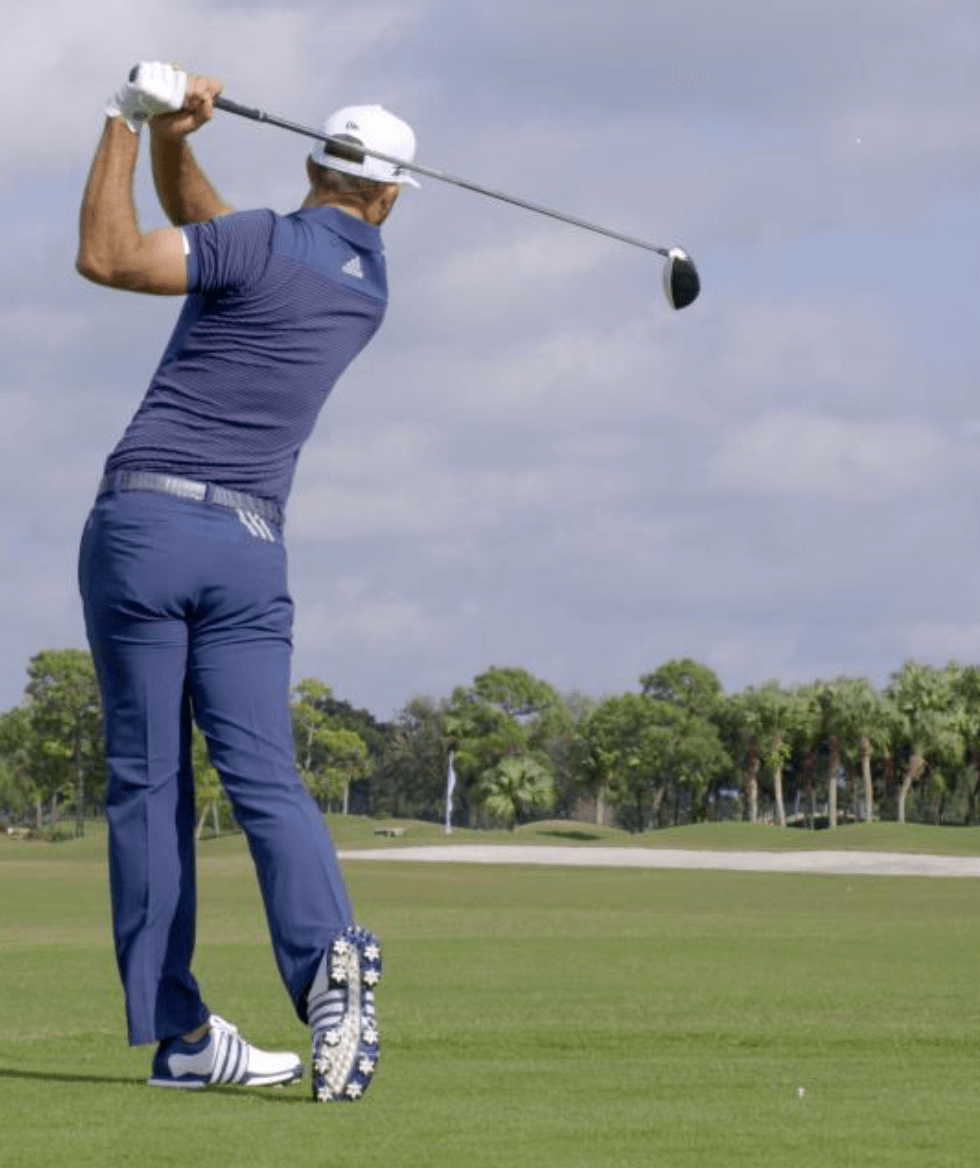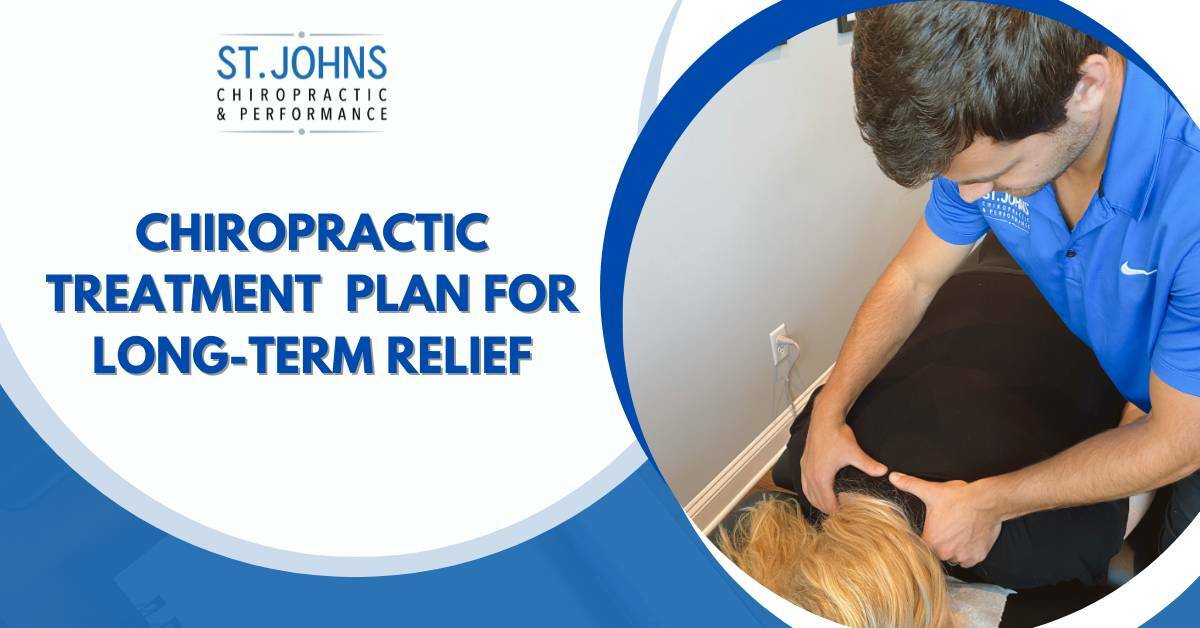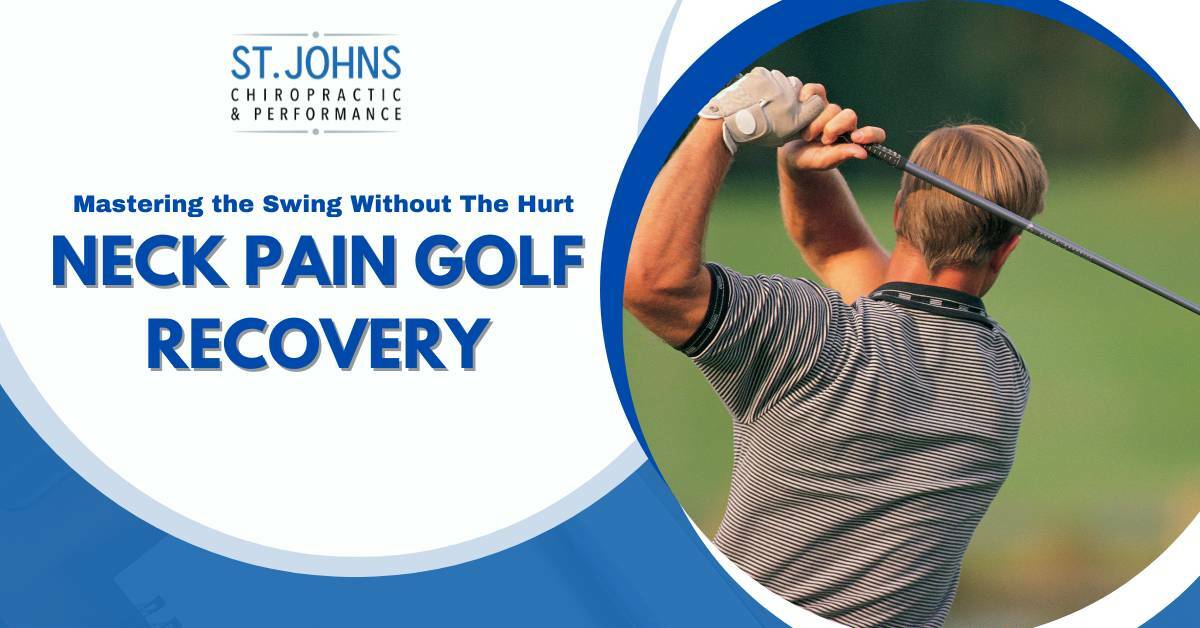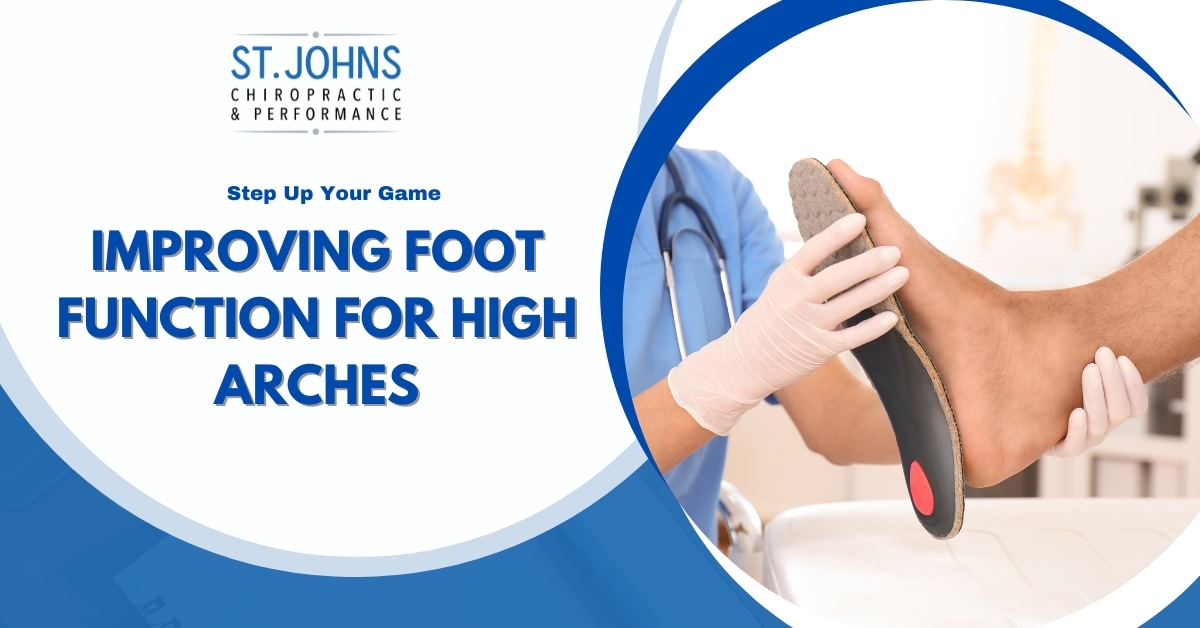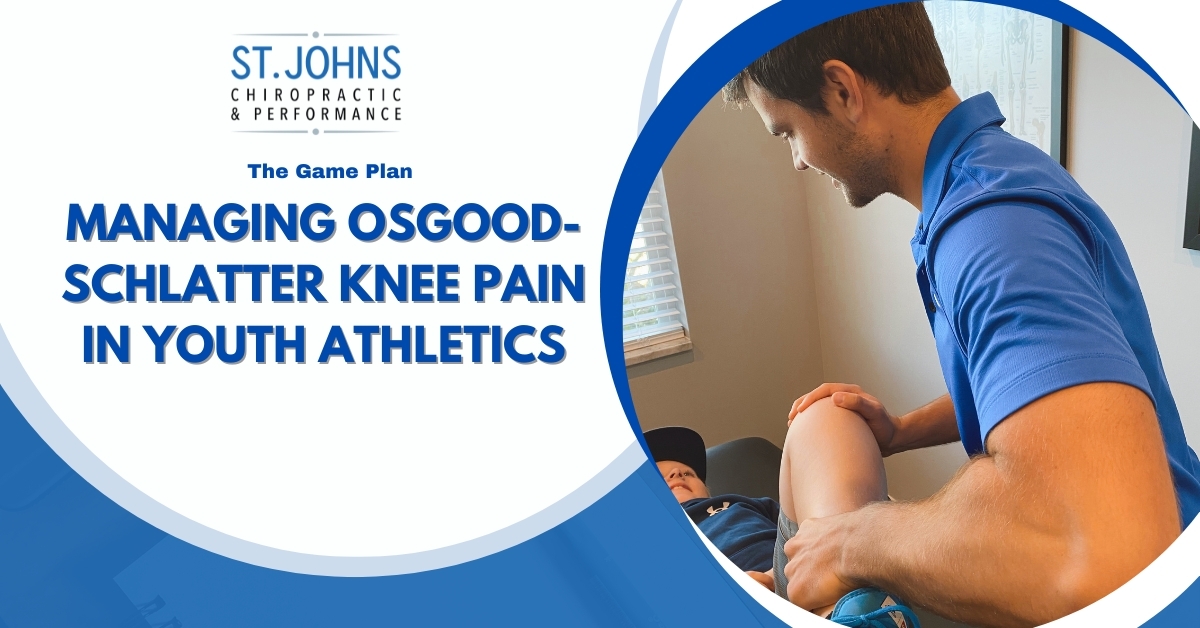Golf is a great sport that many often pick up later in life because they believe it is low stress on their body. While it seems logical that activities such as running or contact sports would be tougher on your body than walking and swinging a 1-pound club, golf isn’t necessarily ideal for a lifestyle free of aches and pain.
Though it is a fantastic way to get some exercise, socialize with friends, and satisfy a competitive itch; between 16-40% of recreational golfers get hurt every year (1). This means that if you golf for at least 3 years, it is likely you have had at least one significant injury from golfing.
The most common injury for recreational and professional golfers is low back pain (1-3). These injuries are most likely to occur at impact with the ball or during the follow through (3). These swing phases produce the highest force in a golf swing and adequate amounts of mobility and strength are required during these phases.
PGA golfers such as Tiger Woods, Rory McIlroy, and many others have been plagued with low back injuries throughout their careers. In professional golfers, the most frequent reason for injury is the repetitive swinging which creates overuse injuries. However, the number one reason for injuries in recreational golfers is poor swing mechanics and movement biomechanics (1).
Why are Golfers at Risk for Low Back Injuries?
The golf swing is a complex motion requiring mobility from many joints, functional strength, and good timing. These 3 qualities allow you to hit the ball with power and accuracy while keeping joint and muscle stress to a minimum.
A large amount of mobility is required from your hip joints, your mid back (thoracic spine), and both of your shoulders. As we’ve mentioned in previous blogs, if we do not actively train our joints to be mobile on a regular basis, we start to lose mobility.
Your daily habits, postures, and lifestyle can either help you retain your mobility or can sped up the process of losing it. Unfortunately, many golfers lack mobility in these key areas. During the golf swing, if you lack mobility in your hips or mid back; then the most likely place that must compensate for that lack of mobility is your low back.
Your low back is designed to be a stable structure. When trained correctly, the muscles around your low back (core muscles) provide stability and help transmit the forces from the ground through your lower body to your upper body and eventually the golf club. This is how you can hit a golf ball with power!
Your low back is not designed to move a lot in rotational movements, which a golf swing primarily is. Therefore, your low back should be stable during a golf swing and the rotational movements should be accomplished by the hips and mid back primarily.
Because of mobility restrictions in our hips and mid back, our low back is often forced to rotate in order to complete the golf swing. When your low back is forced to do something such as rotational movements, which it is not designed well to do, then the joints and muscles in the area can get irritated.
So How Can This be Fixed?
Most therapists and doctors end up giving golfers who are dealing with low back pain stretches for their low back. These can be great stretches, but they likely do not fix the problem at hand.
The reason your low back hurts during your golf swing, is likely not due to a lack of mobility in your low back. It is likely due to a lack of mobility elsewhere and your low back is compensating. So just because your low back is hurting, this does not mean that it is the source of the pain.
It’s different for every golfer – some lack mobility in the upper portion of their mid back while others lack mobility in their left hip. So with this in mind, a thorough exam and total body movement assessment should be done to determine where you are moving well and where you are not moving well. After this, we can know with confidence where treatment should be targeted to correct your specific mobility deficits.
The best way to gain mobility in a joint is to take a multimodal approach consisting of stretches, specific rehabilitation exercises, and manual therapy including mobilizations and soft-tissue techniques.
Just because many golfers have low back pain, does not mean that it is something you have to live with! Check out our comprehensive approach for dealing with injuries!

